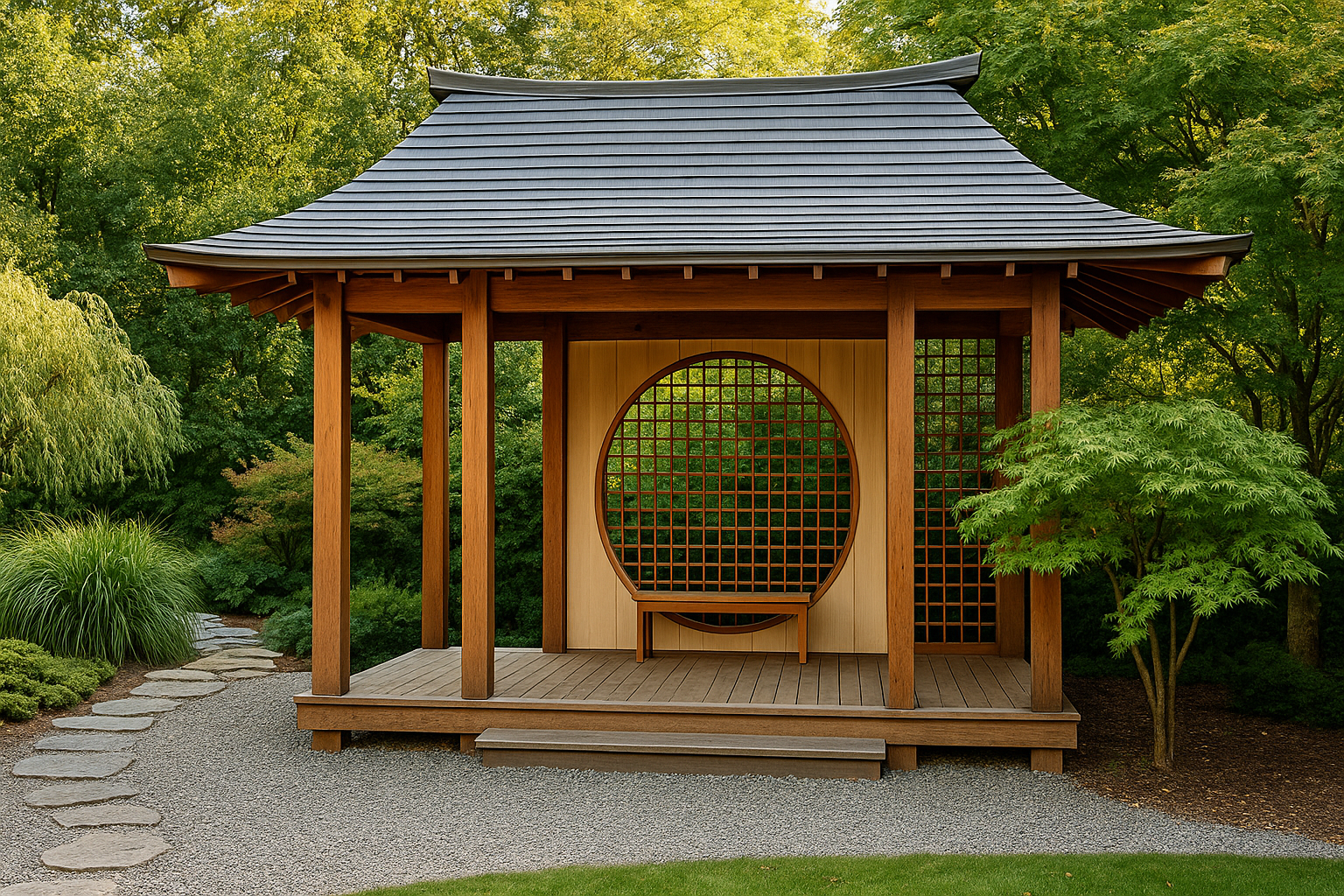In an increasingly globalized design world, cultural identity has emerged as both a creative influence and a source of connection. Today’s outdoor structures are more than functional additions to our landscapes; they’re expressions of heritage, storytelling, and place. Designers are drawing inspiration from centuries-old architectural traditions, infusing patios, pavilions, pergolas, and garden rooms with local character and global flair.
Here, we explore 21 captivating cultural inspirations shaping modern outdoor structure design—each one offering timeless appeal and rich aesthetic diversity.
1. Japanese Zen Gardens
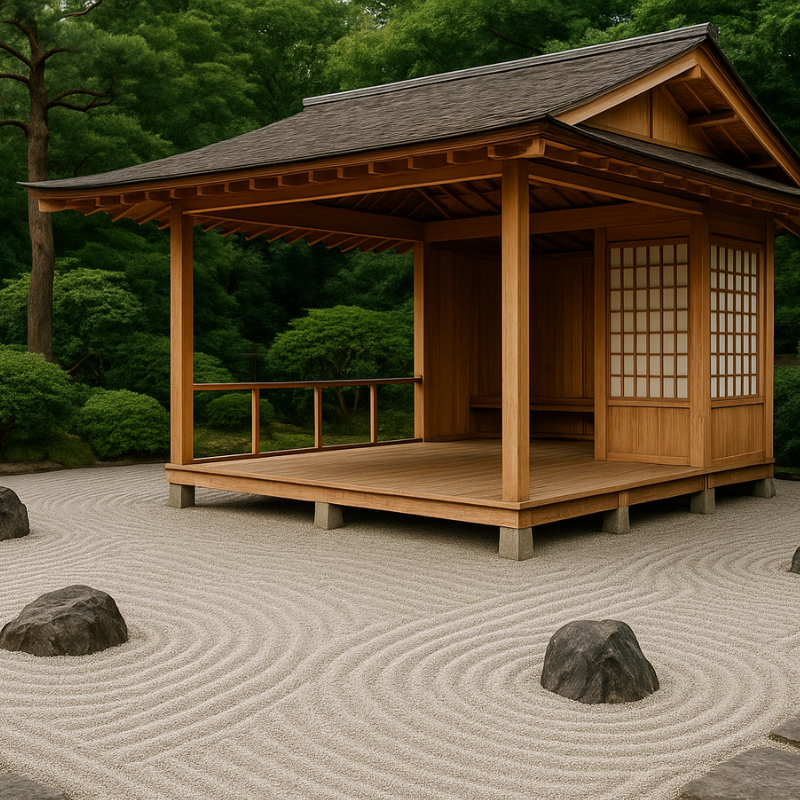
Minimalist wooden frames, open-air tea houses, and gravel pathways reflect principles of harmony and mindfulness.
2. Moroccan Courtyards
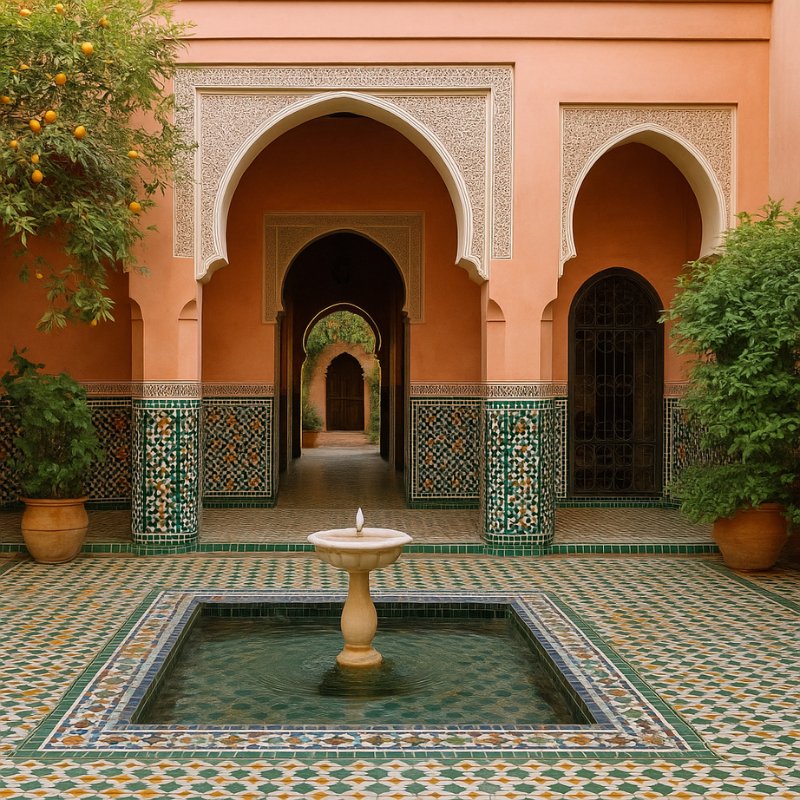
Enclosed garden spaces with arched entryways, colorful tiles (zellige), and water features create a luxurious, cool retreat.
3. Balinese Pavilions (Bales)
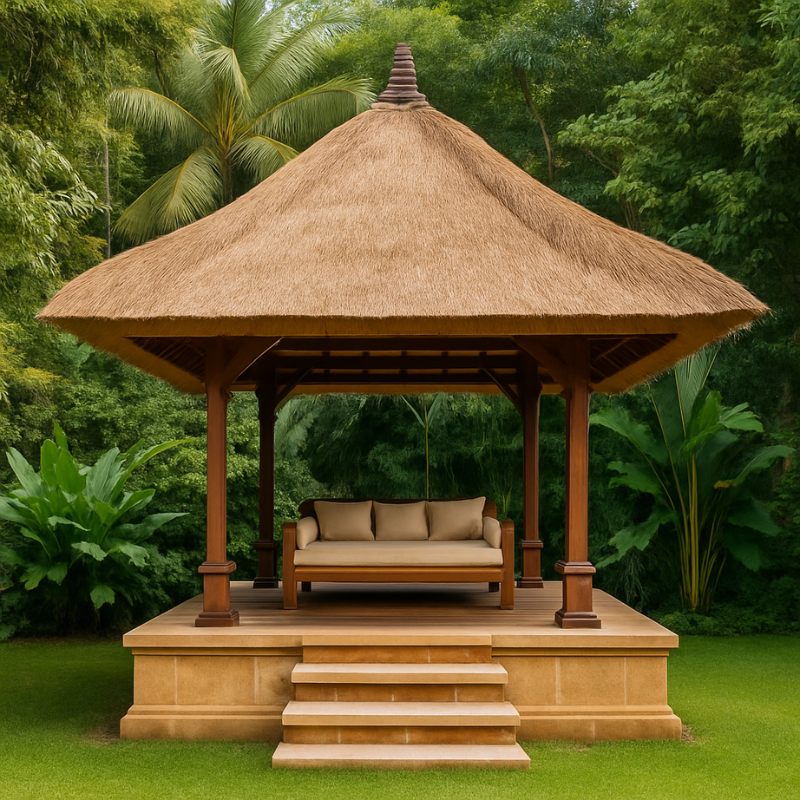
Thatched roof structures built on raised platforms offer an airy, meditative space often surrounded by nature.
4. Scandinavian Minimalism
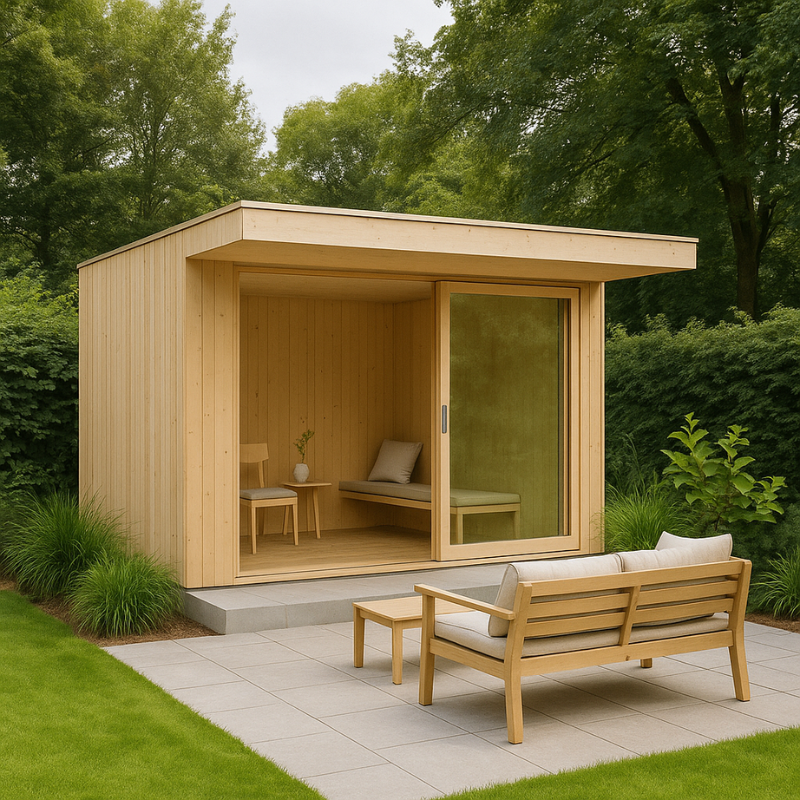
Clean lines, light wood tones, and eco-conscious materials provide functionality with a serene aesthetic.
5. Greek Island Terraces
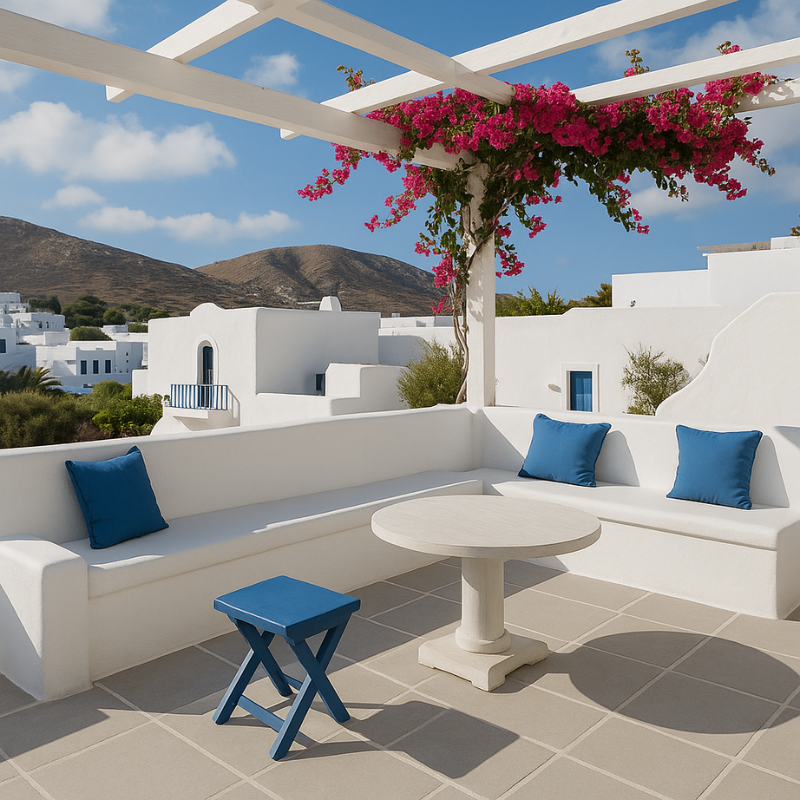
Whitewashed stone seating, blue accents, and pergolas with trailing bougainvillea reflect Cycladic charm.
6. Indian Mughal Gardens
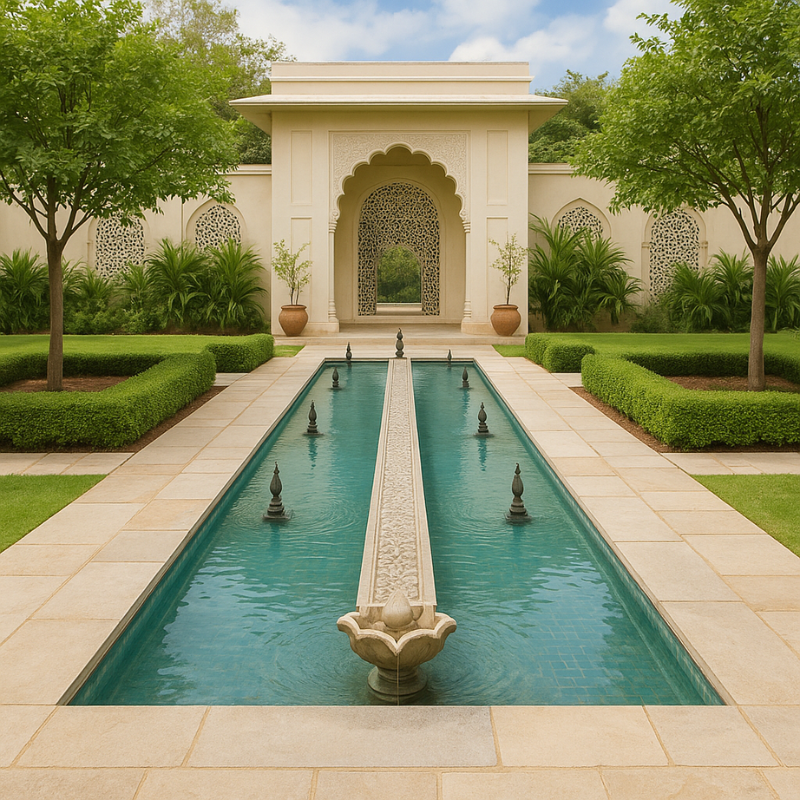
Symmetry, water channels, and ornate lattice screens inspire outdoor sanctuaries rich in detail.
7. Italian Renaissance Loggias
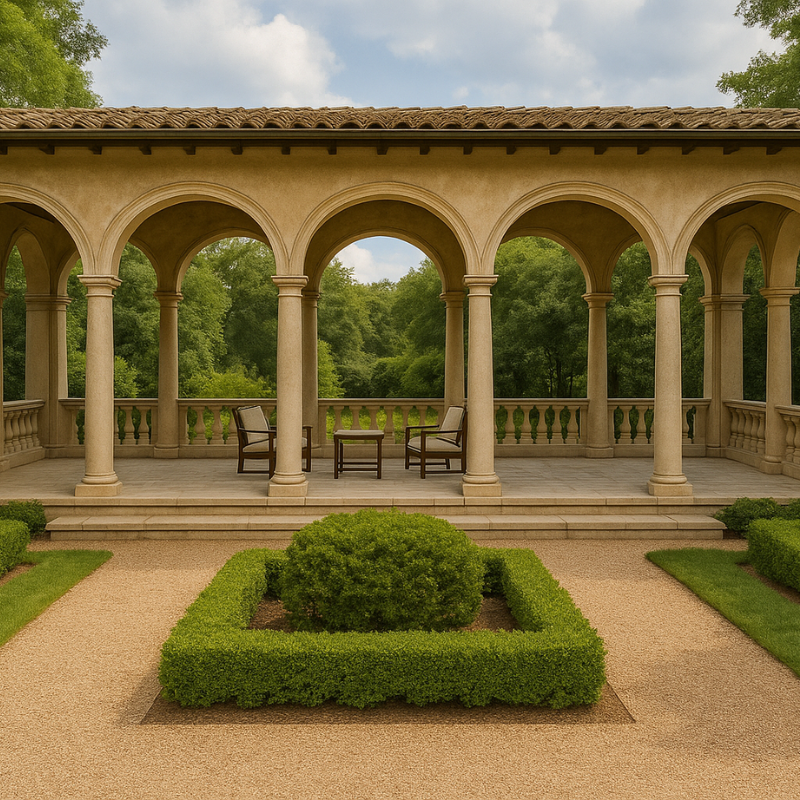
Open arcaded galleries supported by columns, perfect for shaded garden lounging.
8. Arabic Mashrabiya Screens
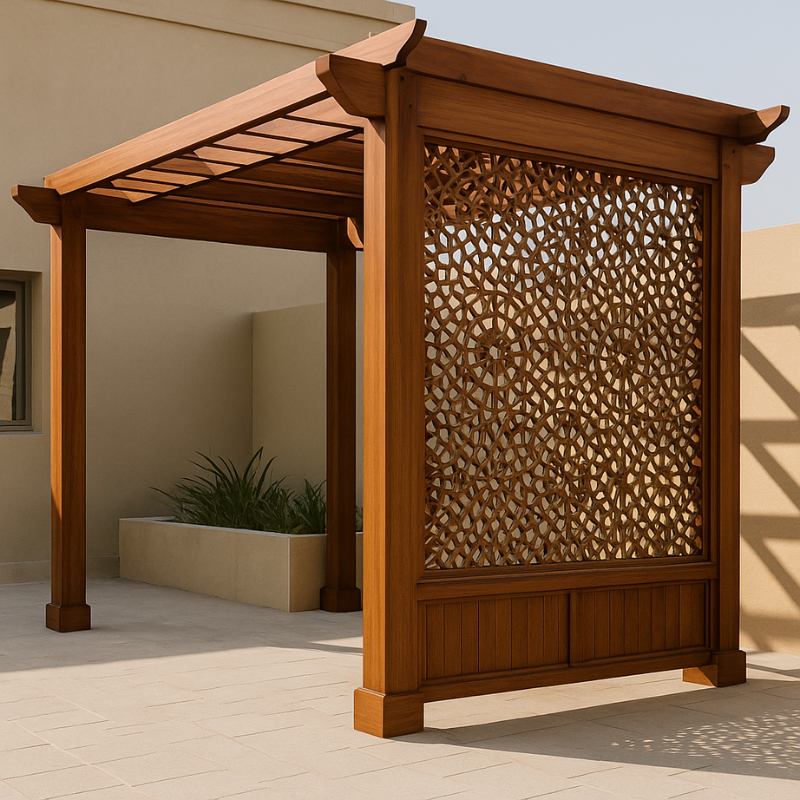
Intricate woodwork used as partitions or screens in pergolas for ventilation and privacy.
9. South African Cape Dutch Verandas
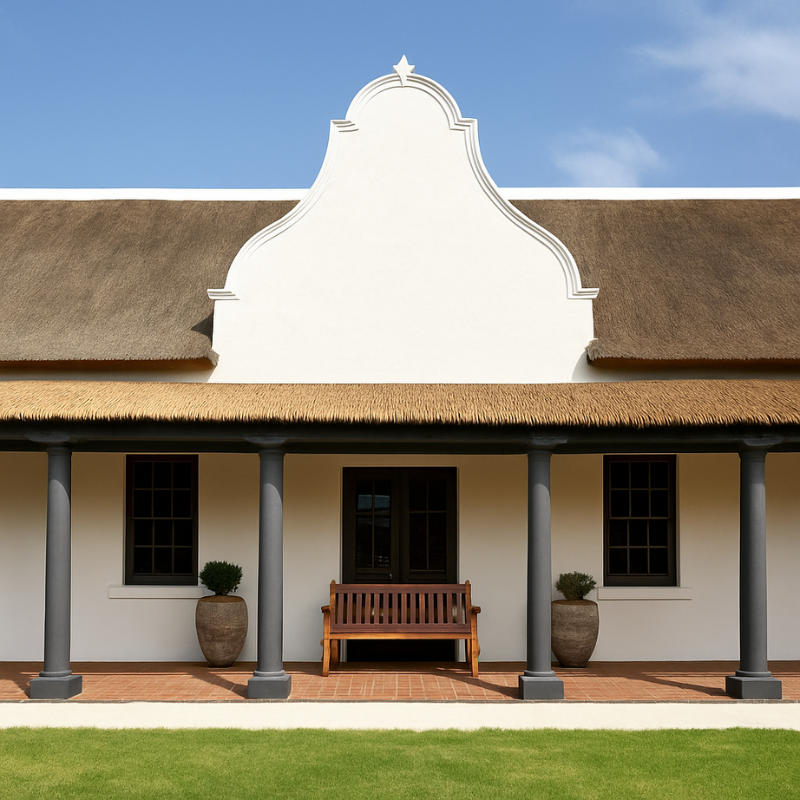
Thatched roofs and whitewashed gables blend colonial heritage with rural elegance.
10. Chinese Moon Gates
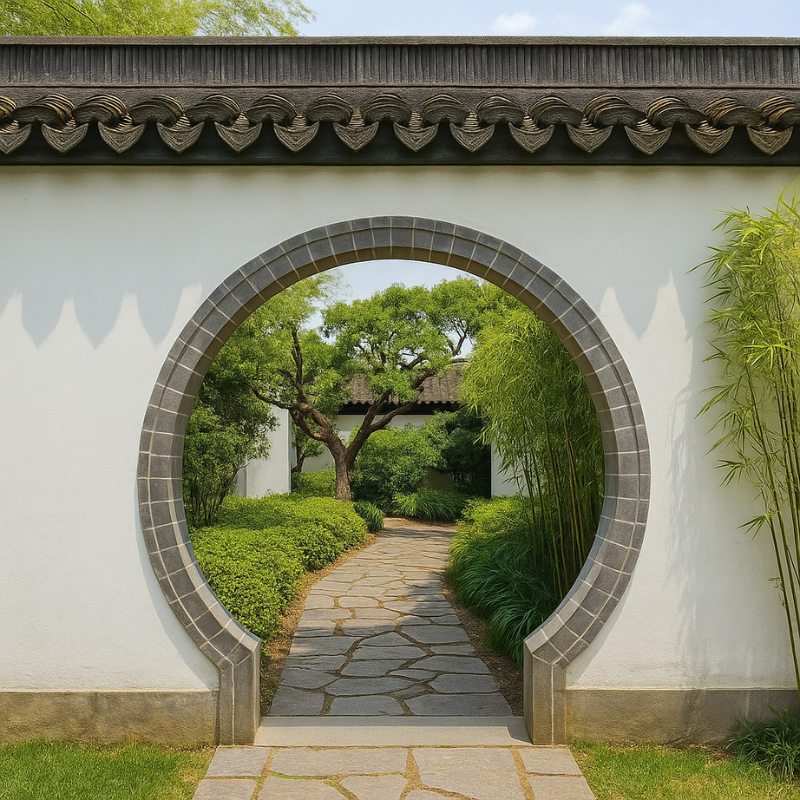
Circular openings in garden walls symbolize harmony and offer dramatic focal points.
11. Australian Outback Sheds
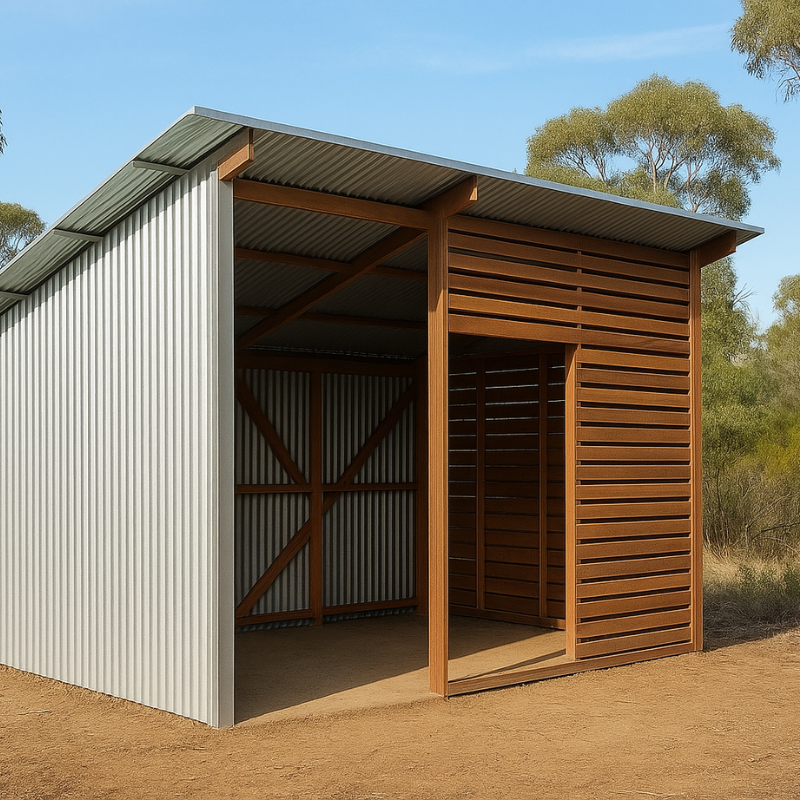
Corrugated iron, slatted wood, and open-air plans adapted for extreme weather conditions.
12. French Provencal Patios
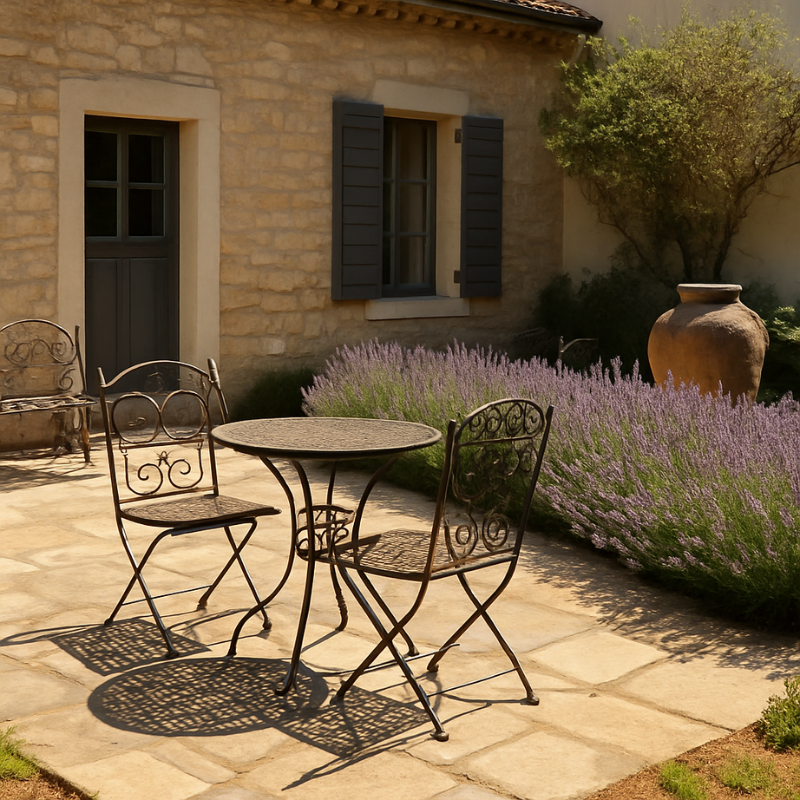
Stonework, lavender borders, and wrought iron detailing set a rustic yet refined tone.
13. Indigenous American Tipis
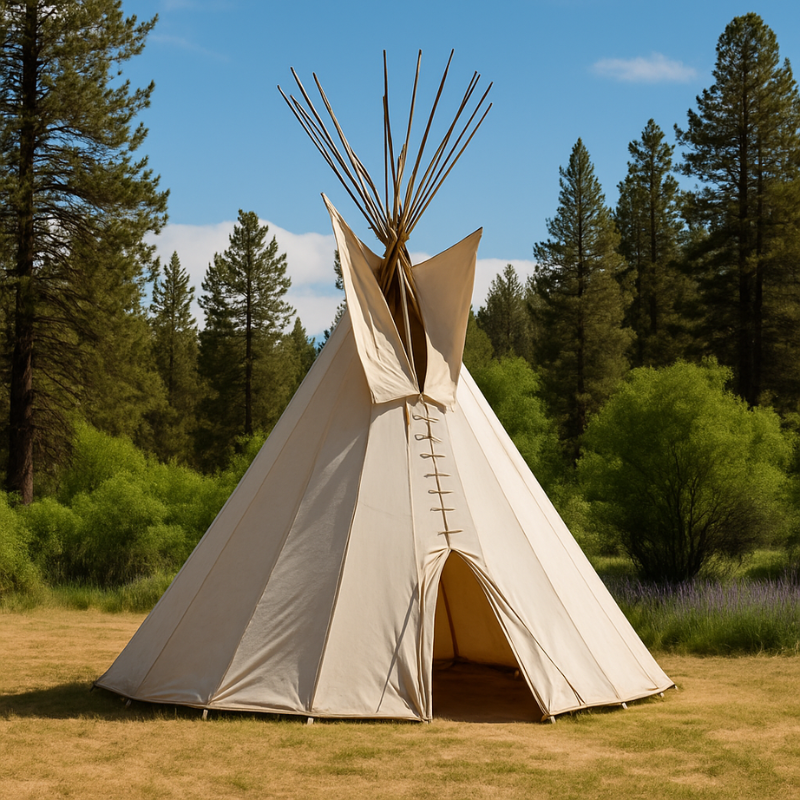
Portable conical structures inspire temporary glamping setups with strong cultural resonance.
14. Spanish Colonial Courtyards
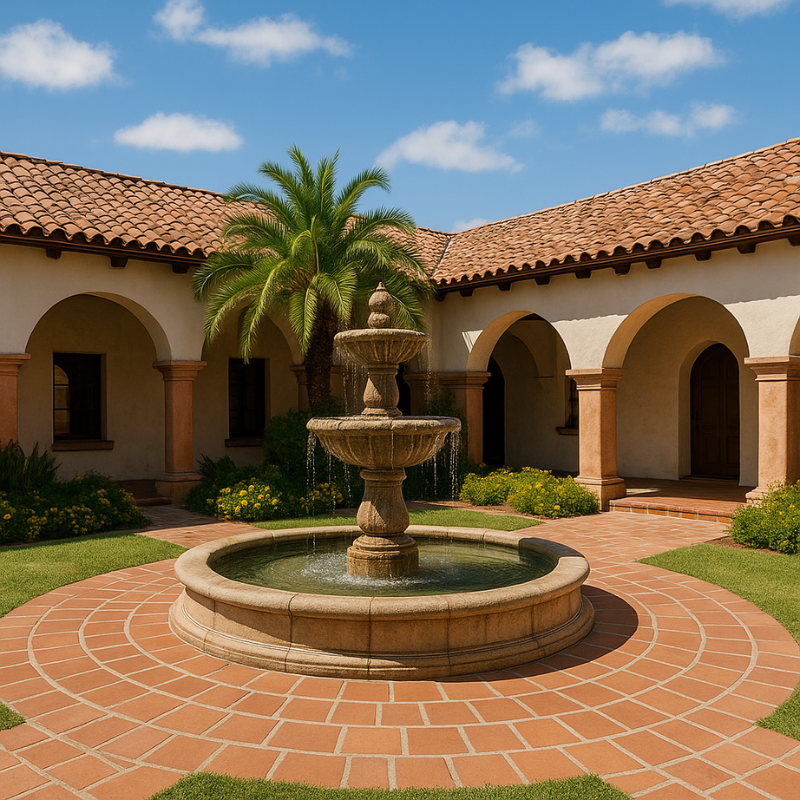
Clay tiles, arched corridors, and central fountains make for vibrant social spaces.
15. Nordic Sami Tents (Lavvu)
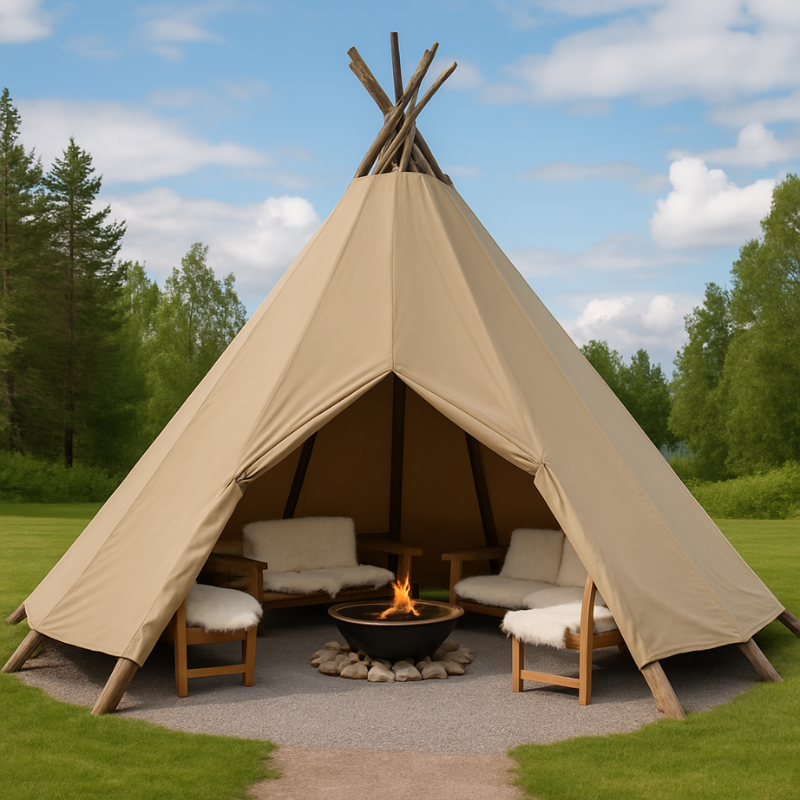
Traditional nomadic dwellings now influence outdoor lounges with fabric canopies and central fire pits.
16. Brazilian Tropical Palapas
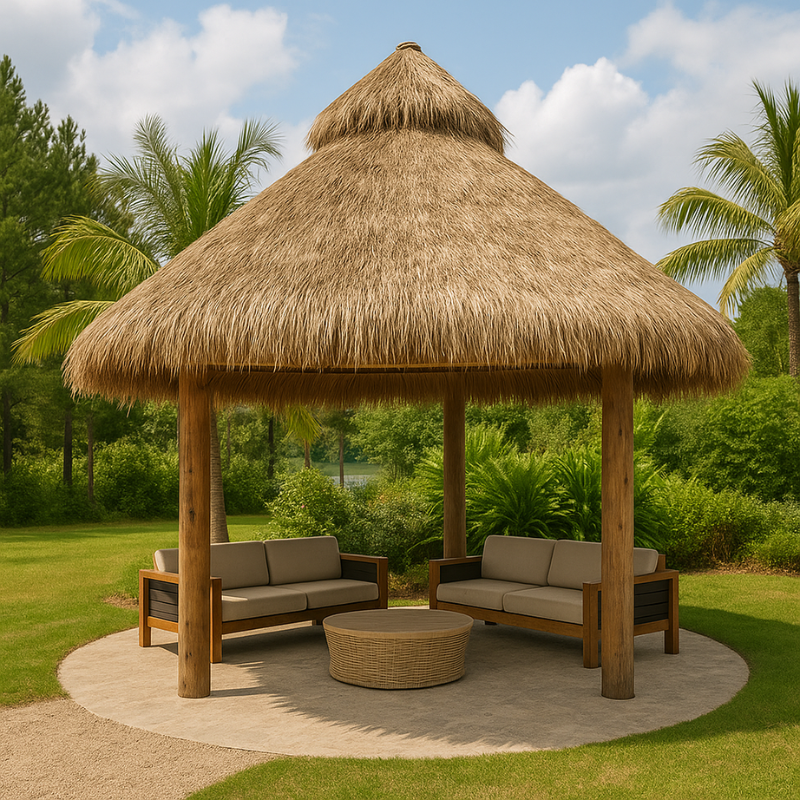
Palm-thatched shelters open on all sides, perfect for hot, humid environments.
17. Korean Hanok-Inspired Rooflines
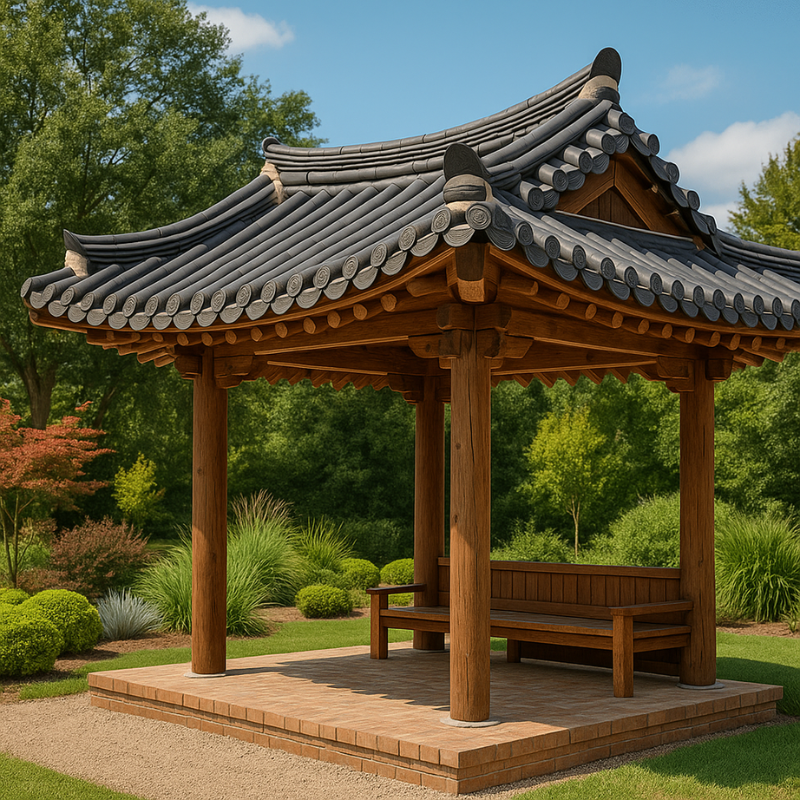
Gracefully curving eaves and wooden beams bring elegance and shade.
18. Thai Sala Pavilions
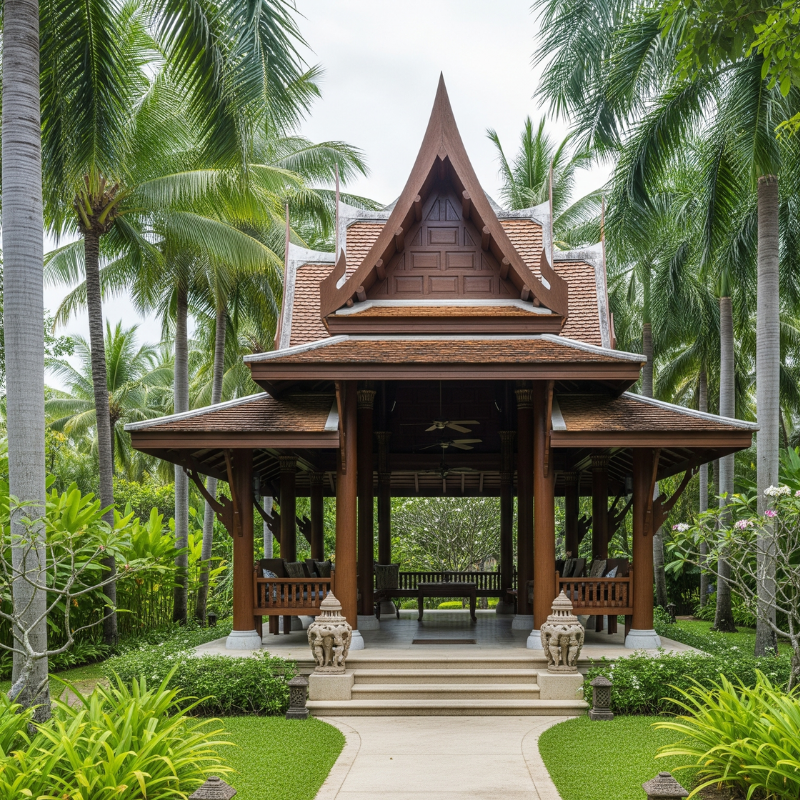
Open-sided spaces with tiered roofs used for relaxation and meditation.
19. Persian Garden Pavilions
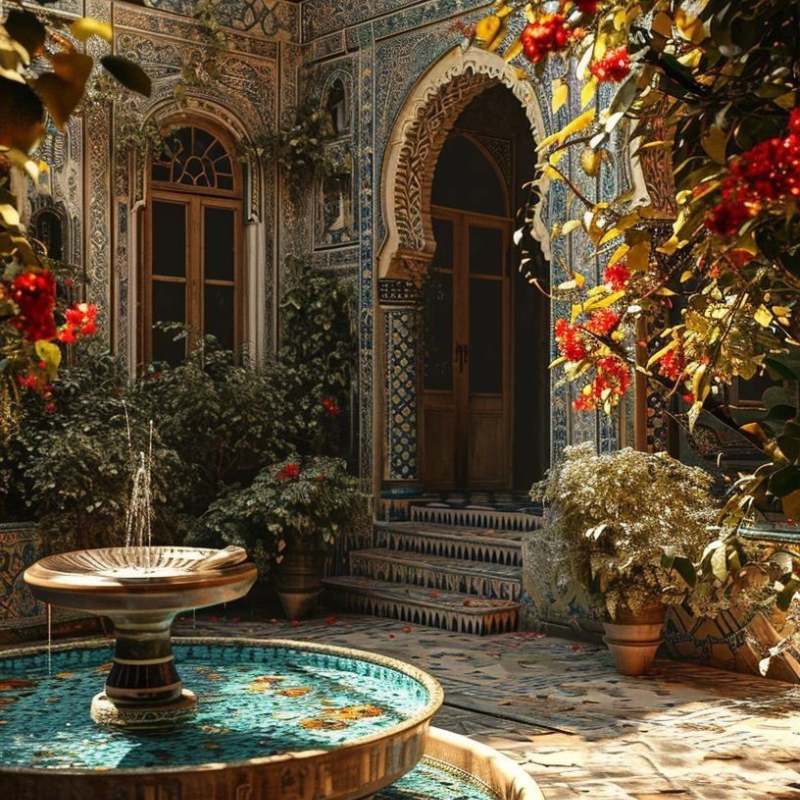
Geometric layouts and domed canopies set around reflective water pools.
20. Alpine Chalets
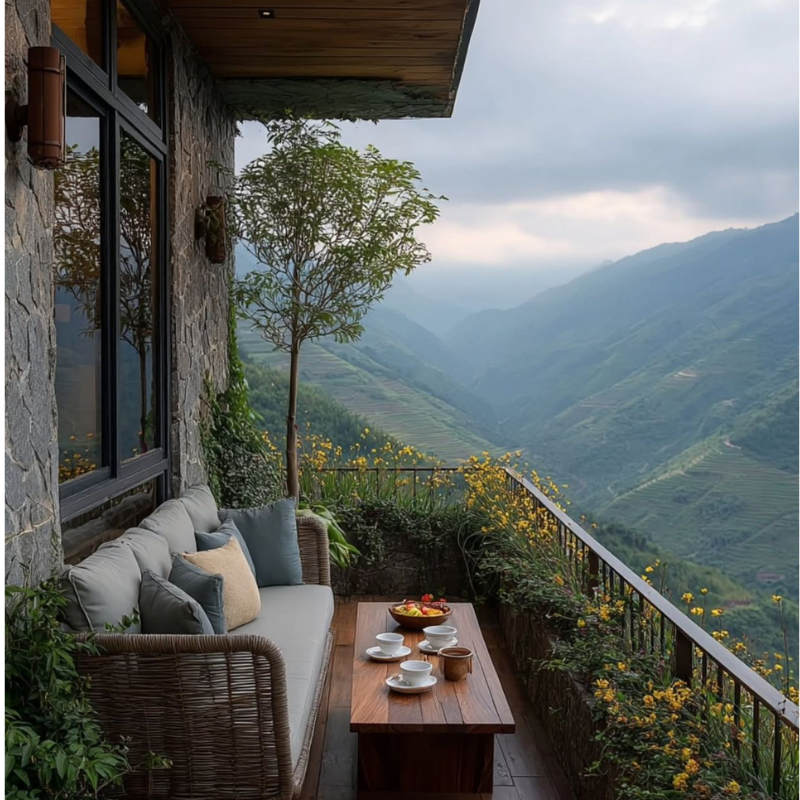
Sloped-roof gazebos made of aged timber echo European mountain architecture.
21. Berber Tent Influence
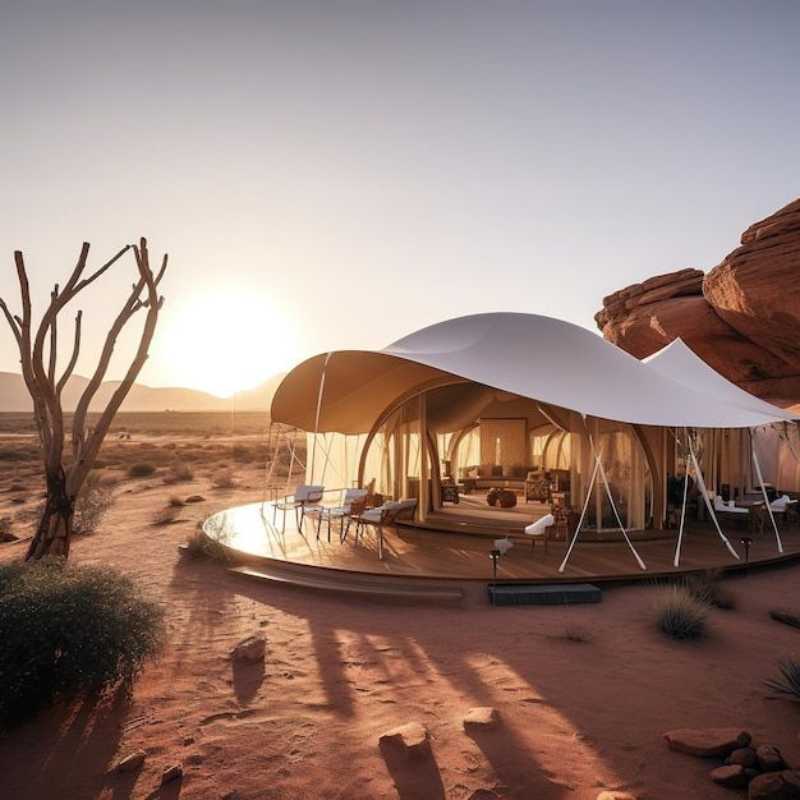
Layered textiles, low seating, and earthy tones evoke nomadic North African life.
Why Cultural Influence Matters in Outdoor Design
Cultural design is more than decoration. It brings:
- Authenticity: Designs rooted in culture feel meaningful and unique.
- Context: Integrating local or ancestral design elements grounds a structure in its surroundings.
- Connection: Cultural motifs encourage dialogue, storytelling, and personal reflection.
By weaving global traditions into contemporary outdoor structures, designers create spaces that are both personal and universal—offering comfort, identity, and a sense of wonder.
Final Thoughts
Whether you’re designing a serene garden pavilion or a multifunctional backyard retreat, looking to global cultural traditions can offer fresh inspiration and timeless beauty. From the calm of Japanese Zen to the vibrant patterns of Moroccan courtyards, cultural design adds depth, story, and soul to every outdoor space.
Explore more global design insights and outdoor architectural trends at IdeasForArchitecture.com. Let your next project be a celebration of culture and creativity.





